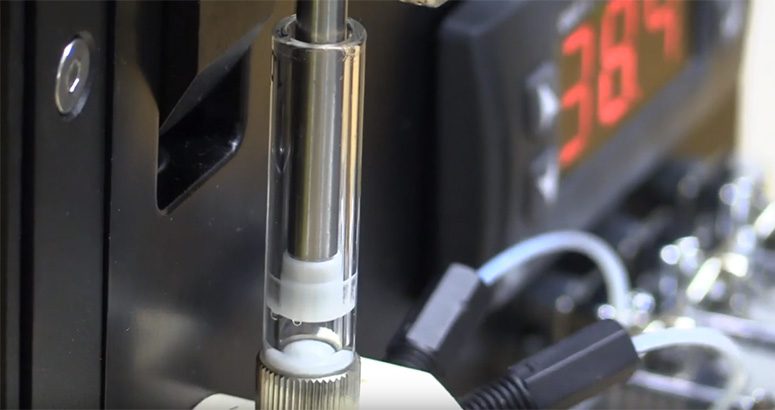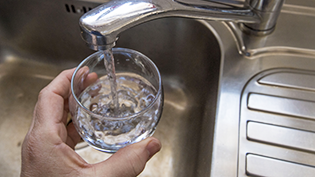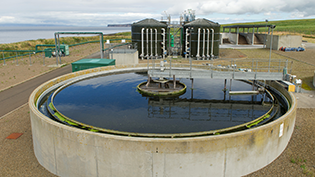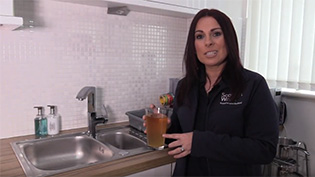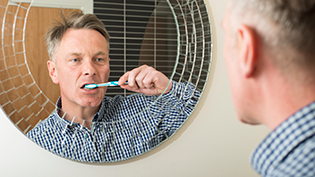Water Quality
Where Water Comes From
In Scotland all our water comes from rain – and we certainly get our fair share!
Two things happen when it rains:
- Water flows into streams, rivers, lochs and reservoirs. This is surface water.
- Water can also seep into the ground, forming pools. This water can be very pure, as many pollutants are naturally filtered out. This is called ground water.
Surface water supplies most of our customers. A few receive their tap water from groundwater sources.
DWQR Water Quality Guidelines
For more information on compliance around Scotland's Water Quality and the ten key parameters, visit the Drinking Water Quality Regulators for Scotland's website.
Visit their website to find out moreWhy We Treat Water
We depend on water. We can’t live without it. If your water carried disease-producing bacteria, it could seriously damage your health.
Our treatment process removes any harmful bacteria and ensures your water is safe.
Water Quality and the Law
Drinking water quality in the UK is governed by strict laws set by the Government and the European Union. Our water must meet high standards. We regularly test the water quality at our treatment works and at customers’ taps to ensure it meets the standards required.
How We Make Your Water Safe
The way we treat your water depends on where it has come from. Surface and ground waters do contain some naturally occurring substances. Each water source has unique characteristics and requires a tailored treatment process to make sure it’s safe for you to drink.
Typical Treatment Process:
1. Screening
The water is piped to our treatment works and passed through mesh screens to remove leaves and debris.
2. Aeration
Odours and some dissolved gases are eliminated. Metal salts are oxidised to allow them to filter more easily.
3. Clarification
A chemical coagulant is added which reacts to the water to form ‘super particles’ called a floc. This settles and carries any suspended particles with it. It also traps bacteria and absorbs colour. It forms a sludge which is removed, leaving clarified water.
4. Filtration
The clarified water is filtered to remove any remaining particles before disinfectant is added.
5. Disinfection
A disinfectant, usually chlorine, is added. This is the most effective and reliable way to ensure your water is safe to drink. A carefully controlled dose of chlorine is deadly to bacteria but harmless to humans. It has been used in water supplies since 1897.
6. pH Adjustment
pH is a scientific term which describes the acidity or alkalinity of a substance. The pH level in your water supply must be controlled so it doesn’t corrode the metal distribution pipes by being too acidic, or leave deposits on the pipes if it’s too alkaline.
Finally, the water is pumped into our vast network of pipes to the water mains and on to your taps. Your water is now clear, safe and ready to drink.
Chloramination
Chloramination has been used in the water industry throughout the UK for many years as a reliable and effective way to disinfect water to ensure it is safe to drink. Scottish Water is required to meet strict health based standards laid down in The Public Water Supplies (Scotland) Regulations 2014 and the treatment processes we use to meet these standards.
To find out more about Chloramination watch our Chloramination Explained Video or see our Customer Factsheets section.
Stagnant Water
Stagnant water is water that sits in place for hours or longer with little or no movement. If left, it can become a breeding ground for harmful bacteria. There are health risks associated with stagnant water, such as Legionnaires' disease.
Advice and information:

